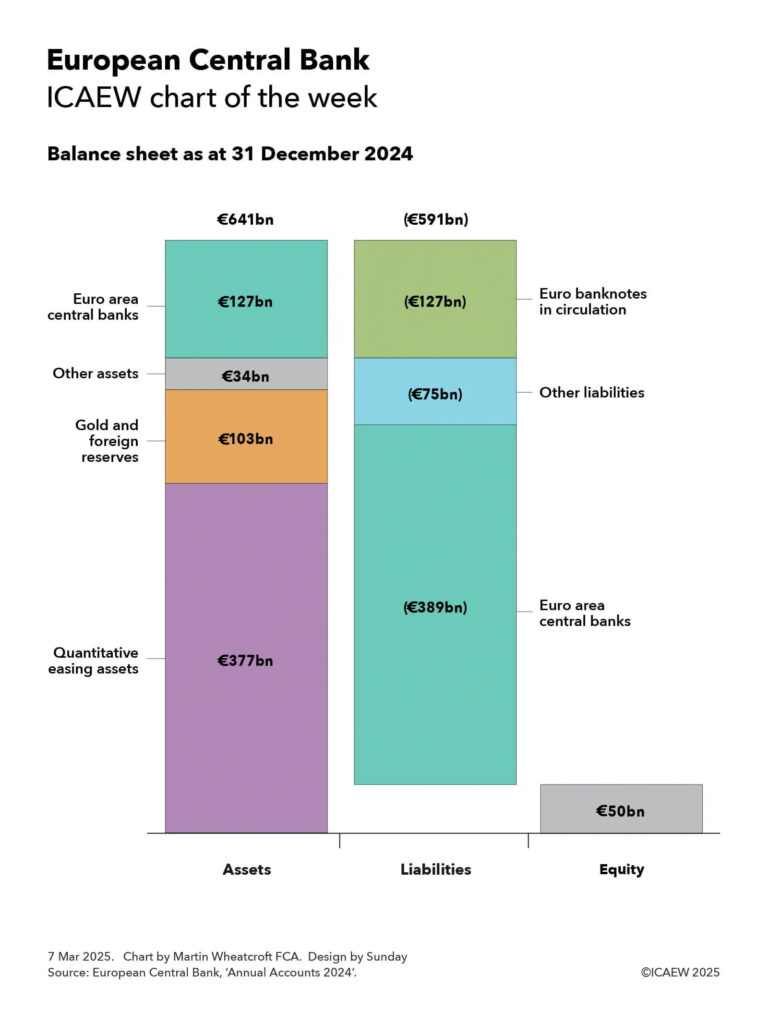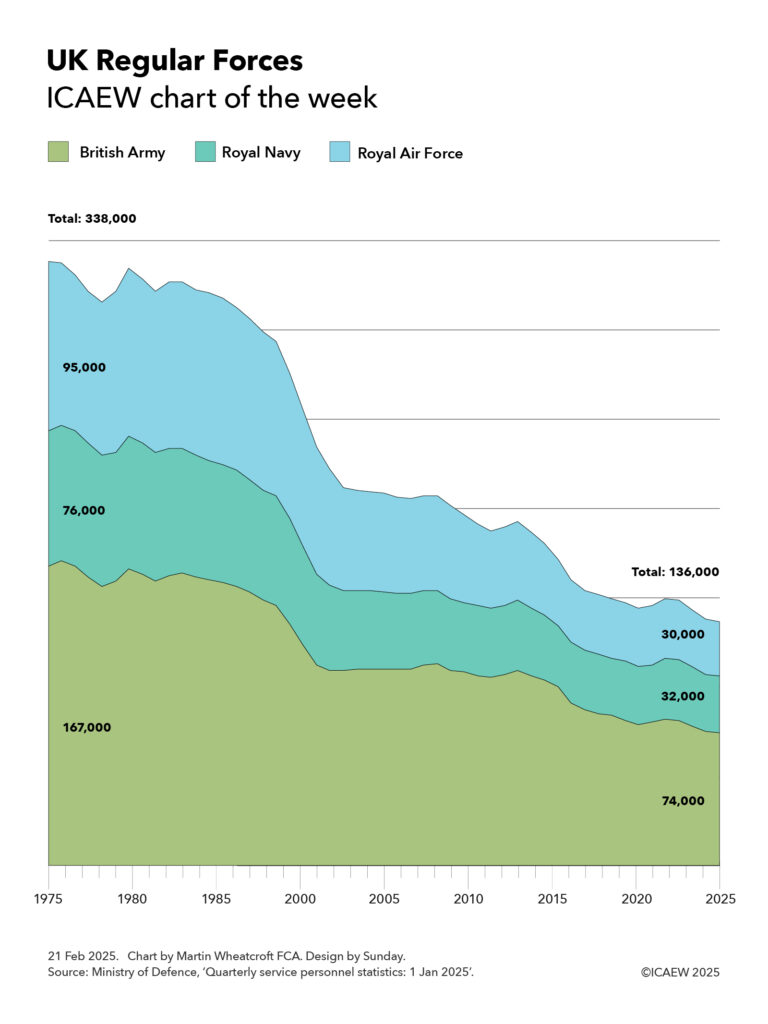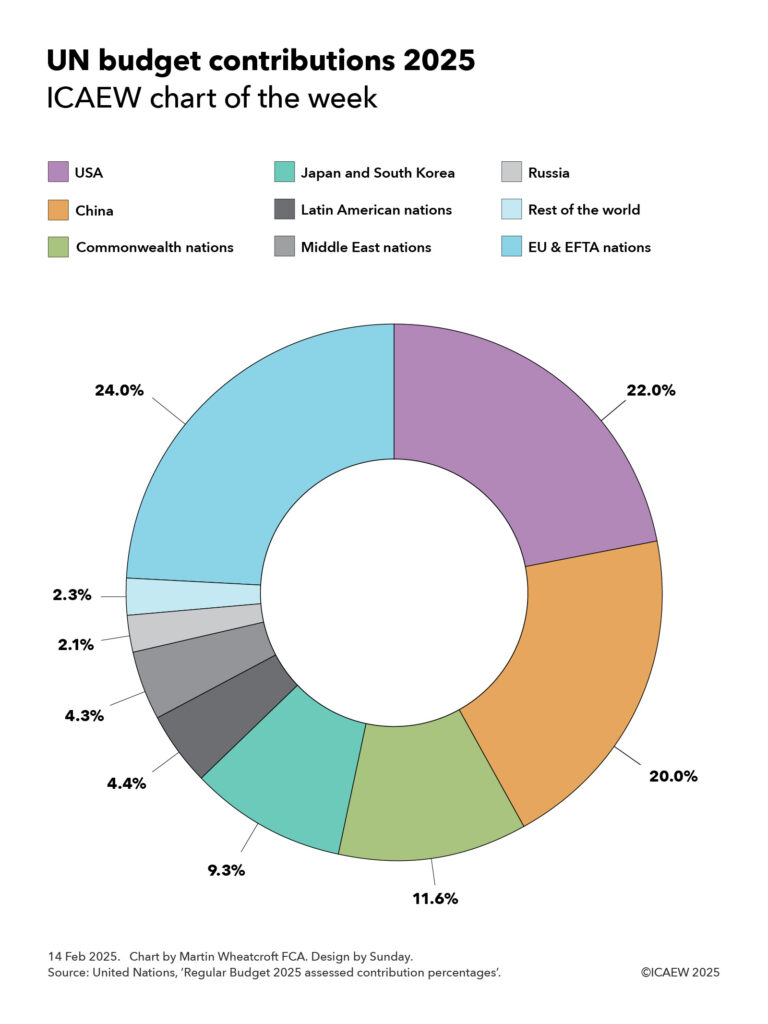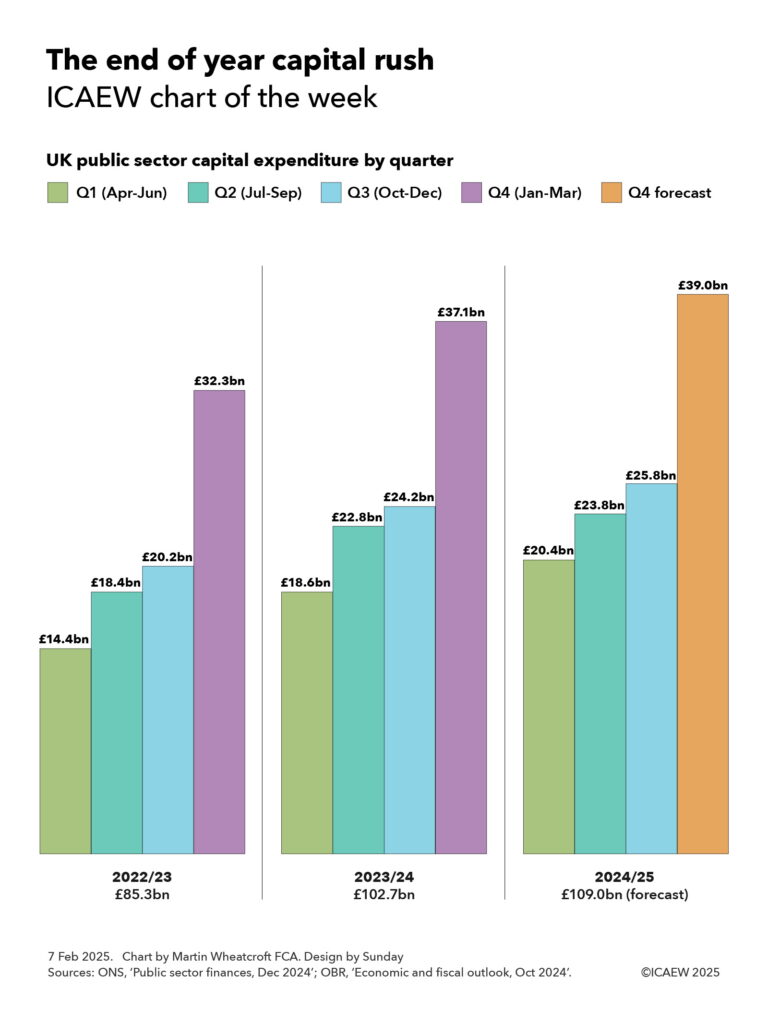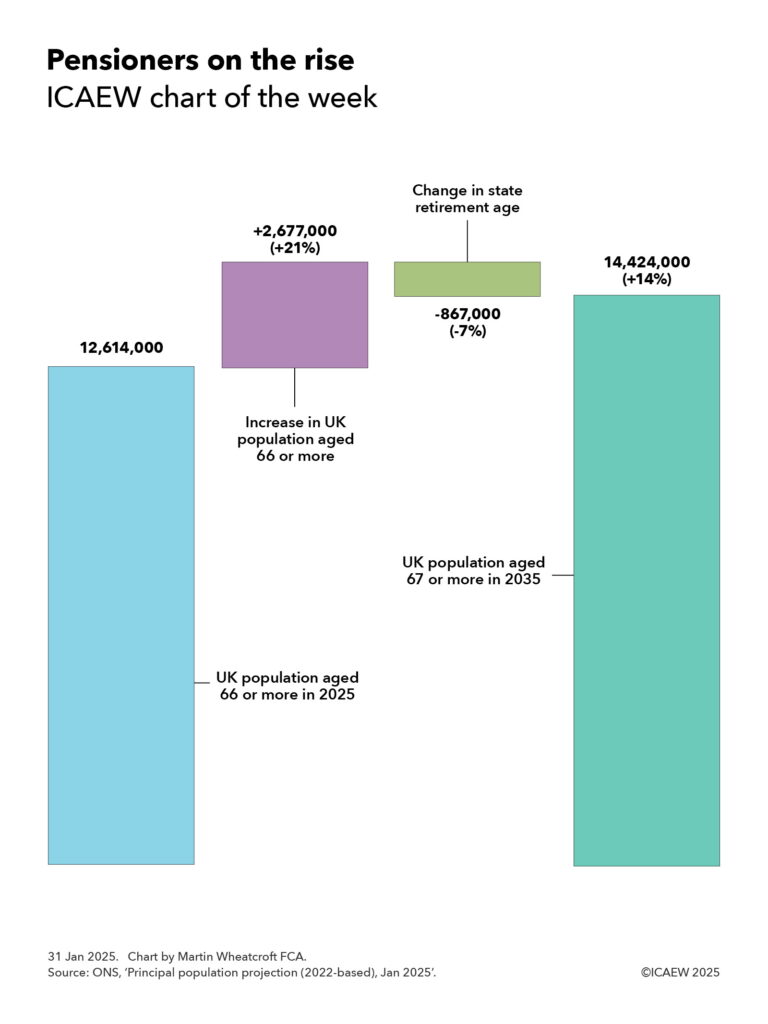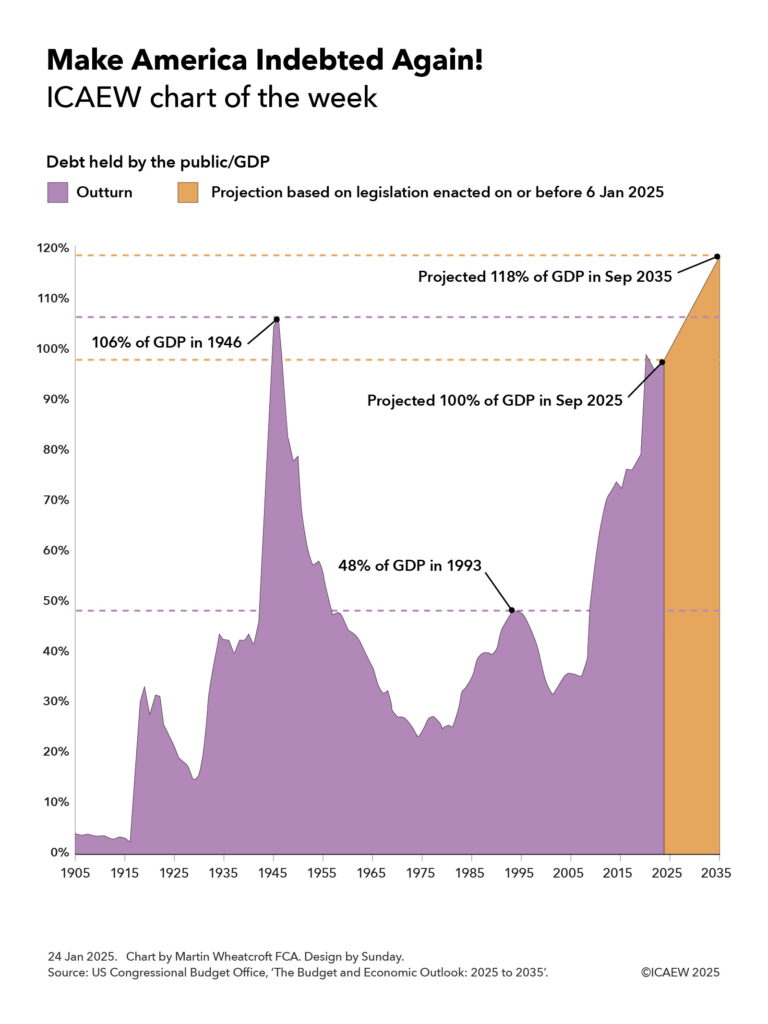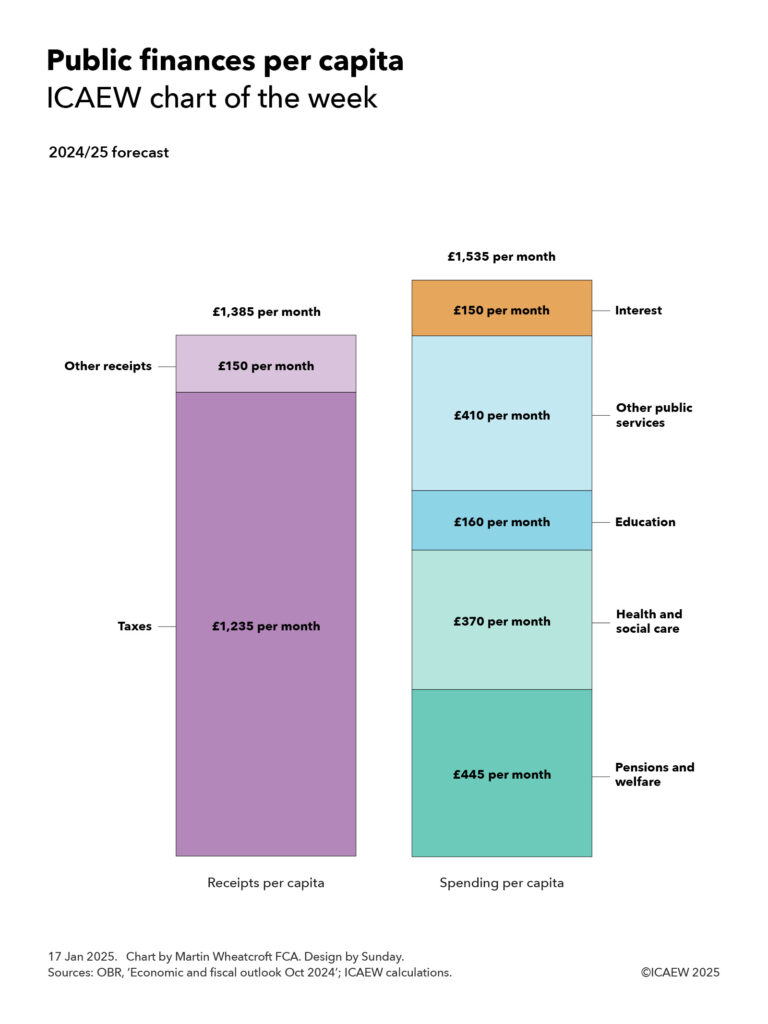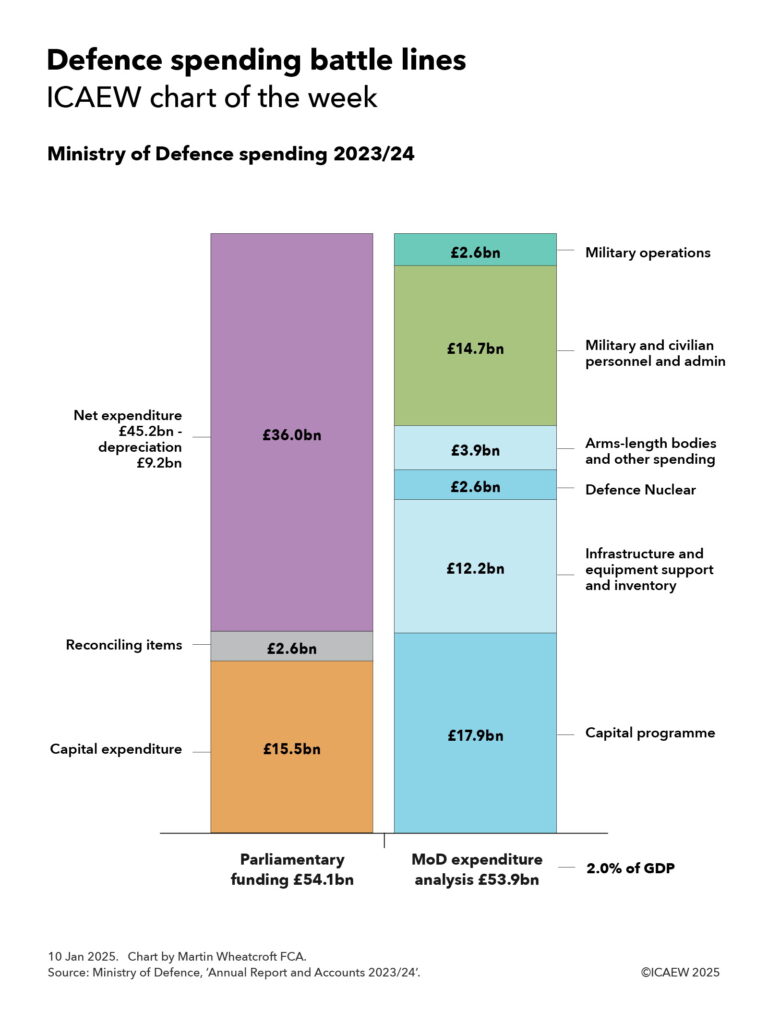Talk of a ‘bonfire of quangos’ prompted our chart this week to look at how the number of central government public bodies has grown significantly over the past decade.
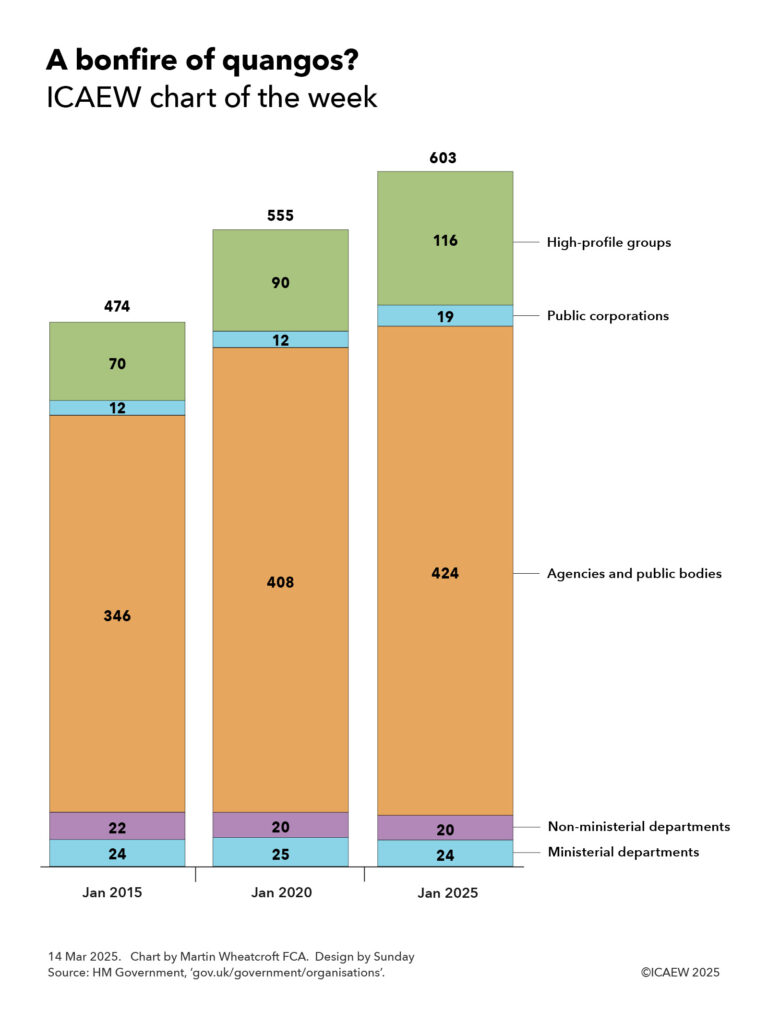
The prime minister’s recent pledge to tackle the “flabby” state has brought into focus the growth over the past decade in the number of what used to be called quangos (quasi-autonomous non-governmental organisations) but now tend to be described as arms-length public bodies.
Our chart this week is taken from the list of government departments, agencies and public bodies on gov.uk, showing how the number of central government public bodies has grown from 474 in January 2015, to 555 in January 2020 and to 603 in January 2025.
These numbers exclude the three devolved administrations, local authorities, schools, hospitals, police and fire services etc, and so are only a subset of the estimated 10,000 public bodies that exist in the UK. Scottish and Welsh government departments and many Scottish and Welsh public bodies are excluded from the list, but Northern Ireland public bodies are included, presumably because they are run from London during periods when the Northern Ireland executive is suspended.
The number of government departments increased from 24 in 2015 to 25 in 2020 with the creation of the Department for Exiting the European Union (DExEU) and the Department for International Trade (DIT) offset by the merger of the energy and business departments. This fell back to 24 in 2025 following the abolition of DExEU, the merger of the Department for International Development with the Foreign Office, and the merger of DIT with the business department (a reduction of three) offset by the recreation of a separate Department for Energy Security and Net Zero and the establishment of a new Department for Science, Innovation and Technology (an increase of two).
Non-ministerial departments are 20 arms-length bodies that have budgets voted on in Parliament, including the Supreme Court, HM Revenue & Customs, National Savings & Investments, Crown Prosecution Service, National Crime Agency, Serious Fraud Office, Government Legal Department, Government Actuary’s Department, Food Standards Agency, Forestry Commission, HM Land Registry, the National Archives and the UK Statistics Authority, as well as assorted regulators comprising the Charity Commission, Competition and Markets Authority, the Office for Rail and Road, Ofgem, Ofqual, Ofsted and the Water Services Regulation Authority. There were 22 in 2015, but Ordnance Survey was reclassified to be a public corporation, while UK Trade & Investment became part of DIT when it was formed and is now part of the Department for Business and Trade.
The number of agencies and public bodies increased from 346 in January 2015 to 408 in 2020 and 424 in January 2025. These are arms-length public bodies generally funded from government departmental budgets, ranging from the Advisory Committee on the Microbiological Safety of Food, Arts Council England, the British Business Bank, the Civil Nuclear Police Authority and Companies House to the Imperial War Museum, Law Commission, Maritime and Coastguard Agency, National Lottery Heritage Fund, Office for Students, Peak District National Parks Authority, Pubs Code Adjudicator, Rail Accident Investigation Branch, Royal Mint, Sport England, Student Loans Company, UK Atomic Energy Authority, UK Space Agency, and Youth Justice Board for England and Wales, to name but a few.
The increase between 2015 and 2020 was exaggerated by the inclusion of Northern Ireland public bodies and some reclassifications of existing bodies to the public sector, such as Network Rail and the Financial Reporting Council. However, after the cull undertaken by the coalition government between 2010 and 2015, there was a steady pace of new public bodies created, ranging from the Birmingham Organising Committee for the 2022 Commonwealth Games, College of Policing, Commission for Countering Extremism, Independent Anti-Slavery Commissioner to the Oil and Gas Authority (now North Sea Transition Authority), Office of Tax Simplification and the UK Holocaust Memorial Foundation.
Despite the abolition of the Office of Tax Simplification, the number of quangos has continued to rise since 2020, with many more created over the past five years. These have included the Advanced Research and Invention Agency, Electricity Settlements Company, Flood Re, Great British Energy, Incubator for Artificial Intelligence, Infected Blood Compensation Authority, Regulatory Horizons Council and Queen Elizabeth Memorial Committee, among many others.
Our chart also illustrates how the number of public corporations has increased from 12 in January 2015 and 2020 to 19 in January 2025, despite the reclassification of BBC World Service and S4 as agencies. These are self-funded public bodies or publicly owned businesses owned by the state, which in January 2025 comprised the Architects Registration Board, BBC, Channel 4, Civil Aviation Authority, Crossrail International, DfT Operator, Historic Royal Palaces, London and Continental Railways, National Energy System Operator, NEST, National Physical Laboratory, Office for Nuclear Regulation, Oil and Pipelines Agency, Ordnance Survey, Pension Protection Fund, Post Office, Royal Parks, Sheffield Forgemasters and the UK National Nuclear Laboratory.
The remaining category is what are described as high-profile groups, which grew from 70 identified bodies in January 2015 to 90 in January 2020 and 116 in January 2025. These are mostly organisations inside government departments, such as the Defence Infrastructure Organisation and National Space Operations Centre within the Ministry of Defence, HM Passport Office and Immigration Enforcement within the Home Office, and the Office for Product Safety and Standards and Office of Trade Sanctions Implementation within the Department for Business and Trade. This group also includes professions within government, such as the government economic and statistical services, policy, legal, planning, property, security, tax, social research, and science and engineering professions, and the commercial, finance and operational research functions, for example.
The planned bonfire of quangos is likely to find that it is a lot more difficult than it sounds. While it is possible to scrap, merge or reform many of these organisations – whether they meet the definition of a quango or not – almost all of these organisations exist for a reason.
